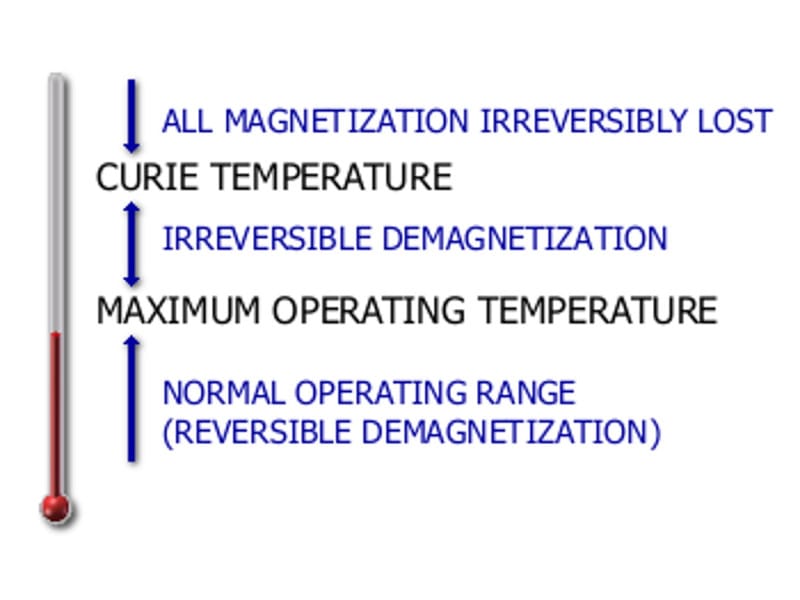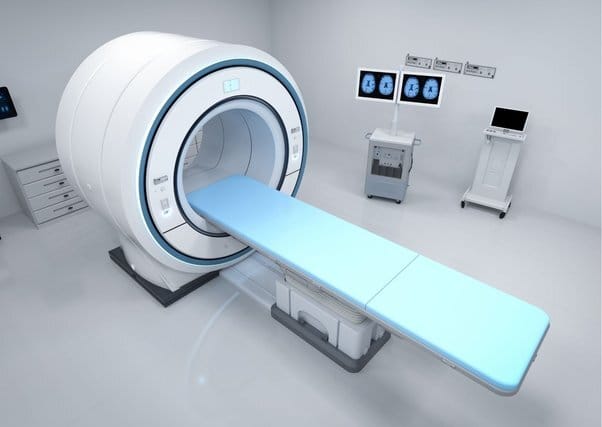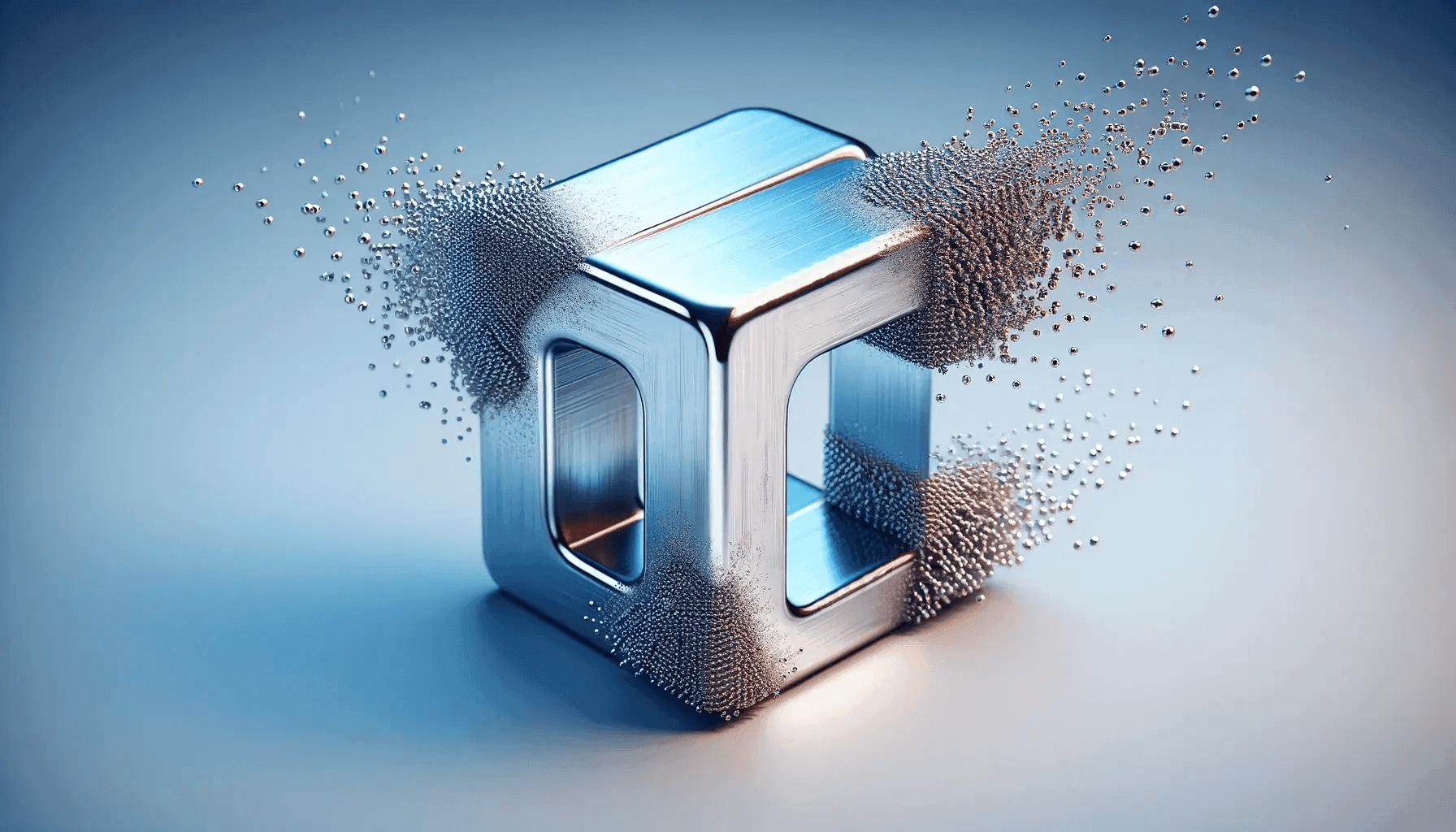Introduction
Neodymium magnets, with their exceptional magnetic strength, have become indispensable in today’s high-tech world. From powering the motors in electric vehicles to securing the closure of your favorite tech gadgets, their applications are as vast as they are vital. But as with all materials, the question arises: do these powerful magnets retain their strength over time, or do they degrade, diminishing their effectiveness in the myriad roles they play?
Indeed, neodymium magnets can experience a decrease in magnetic strength over time, although this process is generally slow and can be influenced by various external factors. Properly maintained, neodymium magnets can retain significant magnetism for decades, making them a reliable choice for many applications.
Factors Affecting Neodymium Magnets’ Longevity

Temperature Sensitivity: The Curie temperature of neodymium magnets is a critical threshold above which they lose their magnetism. For instance, magnets in high-performance electric motors, such as those found in electric vehicles like the Tesla Model S, must operate efficiently without approaching this critical temperature.
Physical Damage and Handling: Even small-scale physical damage can alter a magnet’s magnetic domain alignment. Consider the delicate neodymium magnets used in hard disk drives. A drop or a sharp impact can misalign the domains, leading to data loss or read errors.
Environmental Exposure: Corrosion is a silent killer of magnetic strength. Neodymium magnets in coastal wind turbines face a relentless assault from salty sea air, necessitating robust protective measures to prevent degradation.
Preventing Degradation of Neodymium Magnets
To ensure the longest possible life for neodymium magnets, it is essential to maintain them within their optimal temperature range and protect them from physical damage and corrosive environments. Using appropriate coatings, such as nickel, epoxy, or rubber, can shield magnets from corrosion. Additionally, storing magnets in a dry, cool place and handling them with care to avoid collisions or pressure that could cause physical damage are best practices for preservation.
Impact of Degradation on Applications

In Healthcare: MRI machines rely on the strong magnetic fields generated by neodymium magnets. A decline in magnetism can lead to weaker magnetic fields, affecting the clarity and detail of MRI scans, which could potentially compromise patient diagnostics.
Consumer Electronics: The miniaturization of electronic devices, with smartphones leading the way, relies heavily on the compact yet powerful neodymium magnets for speakers and vibration motors. A decrease in magnetic strength can lead to diminished sound quality or weaker haptic feedback over time.
Sustainable Technologies: The push for green energy solutions has led to an increase in reliance on neodymium magnets for wind turbines and electric vehicles. A wind turbine, for example, can be less effective if its magnets degrade, leading to lower energy output and efficiency. This can impact the overall viability of wind farms, especially in remote or offshore locations where maintenance and replacement are more challenging and costly.
Conclusion
The longevity of neodymium magnets is a testament to their robustness and the technological advancements that have made them more resilient over time. While they do degrade, the rate is slow and manageable, especially with proper care and precautions. In applications where precision and performance are critical, understanding the factors that contribute to degradation and implementing strategies to mitigate these can ensure that neodymium magnets continue to play their pivotal role in driving technological innovation forward. As we harness the full potential of these magnets, we pave the way for a future where technology continues to enhance our lives in ways we can only begin to imagine.


